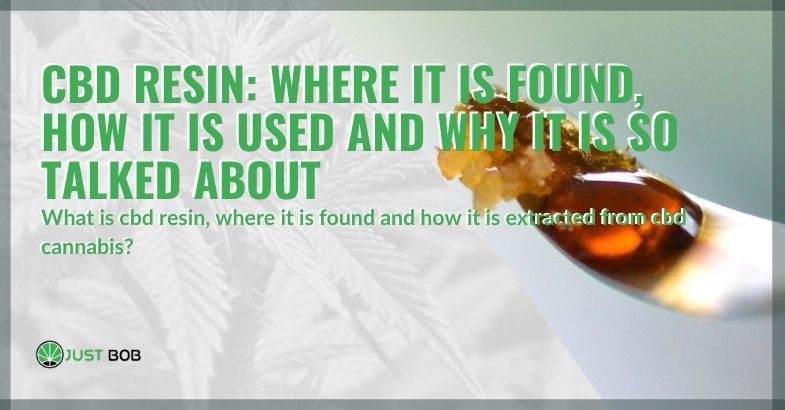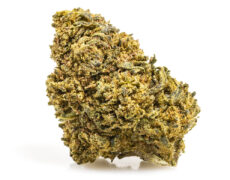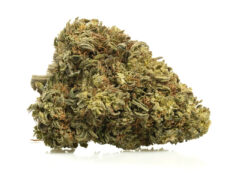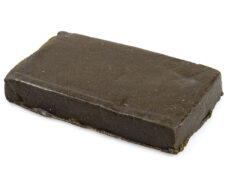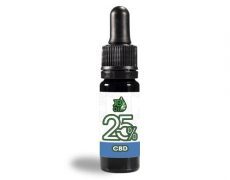Modified on: 17/01/2024
WHAT IS CBD RESIN, WHERE IS IT FOUND AND HOW IS IT EXTRACTED FROM CBD CANNABIS?
One of the most interesting raw materials for CBD weed enthusiasts is certainly the CBD resin, rich in cannabidiol and, therefore, with beneficial effects for the human and animal organism.
However, the informations about it are very concise and does not fully explain what CBD cannabis resin is (and why it is so renowned).
For this reason, today, we have decided to dedicate an in-depth study of this product to inform you about it thoroughly.
Are you ready? Then take 2 minutes to read, and let’s get started!
CBD resin: what is it and where is it found?
The CBD flower resin is the product secreted by the trichomes, the microscopic glands that cover the CBD flowers and, to a lesser extent, other parts of the plant, such as the leaves.
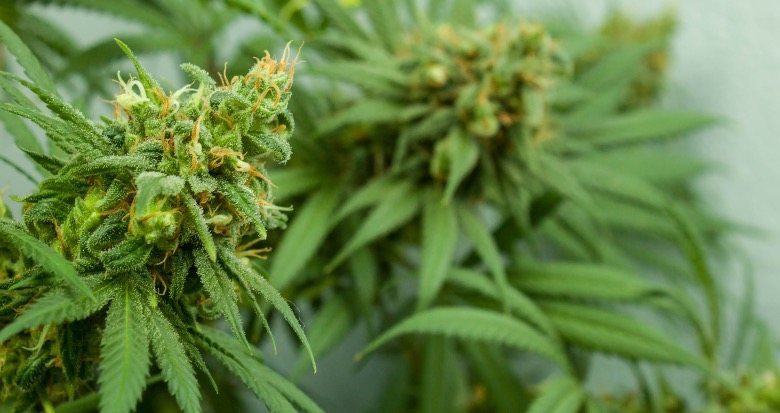

This product is highly viscous, rich in terpenes (aromatic molecules) and cannabinoids (in the case of legal hemp, high percentages of CBD and THC below 0.2%).
Hemp resin is a compound that acts as a deterrent for pests , attracts benevolent insects and protects precious flowers from atmospheric agents, extreme temperatures and the action of UV rays.
But this is not what makes the product so attractive. According to the consumer, the resin is immensely appreciated due to its high cannabinoid content. Consequently, in the case of legal CBD resin, it offers all the effects of cannabidiol:
- painkiller
- antiemetic
- relaxing
- anti-inflammatory
- antioxidant
- immunomodulator
- hypotensive
- antispasmodic
- anticonvulsant
- antipsychotic
As you can imagine, these effects can quickly ease the symptoms of numerous ailments, including anxiety, chronic pain, seizures and much more.
Furthermore, the resin is an highly concentrated product (precisely, it contains all the active ingredients and even the aroma of CBD cannabis). Therefore the results of its intake are superior to those of flowers.
In summary, CBD resin is present in the inflorescences and, to a lesser extent, in the legal hemp plant’s leaves. But how is it obtained?
Read also: CBN: the beneficial cannabinoid that goes well with CBD and THC!
The main methods of extracting legal hemp resin
Before reading this paragraph, you have probably imagined that CBD resin is obtained by rubbing CBD Flowers UK. It is not quite the case or better. It would be the home-made method, which is the typical method for obtaining hashish and charas.
The companies that transform products derived from Hemp Sativa L., on the other hand, use another method that is much safer and capable of preserving every aroma and the beneficial effect of the compound. It involves extraction using solvents, particularly carbon dioxide in the supercritical state, butane, and propane.
An extremely sticky, dense and malleable product is obtained from this process, with a consistency similar to honey or wax. It preserves the aromatic profile of the cannabis light flowers from which it originates and boasts a pleasantly amber colour.
How is legal cannabis resin used?
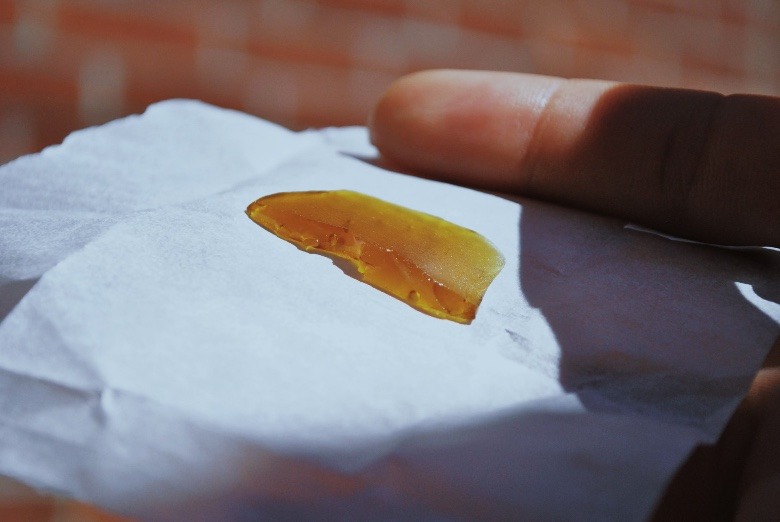

If you have come to this point, you are probably wondering, “But how is CBD resin used?”.
Attention, because this product’s personal use (such as that of all legal weed uk products) is not authorized. In compliance with the law, the resin could only be used as a room fragrance or a product dedicated to collecting.
Despite this, many people wanted to try this compound to test its effects, choosing the following methods of intake:
- Combined with light hemp flowers, to enhance them
- Dissolved in food and drinks, such as CBD oil
It is also often used industrially to produce excellent CBD hash. In this case, the producers let the sticky compound mature and turn it into balls or spheres, malleable and dark (tending to brown or greenish).
Read also: CBD: benefits, properties and effects of the active ingredient of CBD weed
What does CBD resin do?
CBD resin, often derived from cannabis plants, is a concentrated form of cannabidiol, one of the many cannabinoids found in the cannabis plant. This resin is obtained by extracting the CBD-rich trichomes from cannabis flowers, which are the small, hair-like structures that house cannabinoids and terpenes.
Methods of Obtaining CBD Resin:
The process of obtaining resin from cannabis plants involves various extraction methods. One common method is using solvents like ethanol or CO2 to separate the trichomes from the flowers, resulting in a potent extract. Another popular method involves using ice water to separate the trichomes from the plant material, known as ice water hash or bubble hash. The collected resin can then be dried, pressed, and sold in various forms.
CBD Resin Characteristics:
CBD resin can take on different colors, depending on the extraction method and the variety of cannabis plant used. It may appear green, brown, yellow, or even a golden color. The color can also be an indication of the quality and type of resin obtained.
CBD Content and Quality:
The quality of CBD resin is determined by its cannabinoid and terpene content. High-quality CBD resin is rich in CBD and may also contain other beneficial cannabinoids like CBG and CBN, as well as a diverse range of terpenes. The information on the CBD content and composition is often provided by reputable manufacturers to ensure transparency for consumers.
Uses and Consumption:
CBD resin can be consumed in various ways. It can be smoked, vaporized, or used in edibles and topicals. Some individuals prefer to alter its form by mixing it with other substances or incorporating it into cooking. The most common way to consume CBD resin is by inhaling the vapor or smoke, allowing for a rapid onset of effects.
Ensuring Safety:
Consumers should be aware that not all CBD resins are created equal, and it’s crucial to obtain products from reputable sources to ensure safety and quality. Information about the extraction methods used, cannabinoid content, and potential contaminants should be available from the manufacturer.
CBD resin is a concentrated form of cannabidiol obtained from cannabis plants, particularly the flowers. The various methods of obtaining resin allow for the creation of different types and qualities of CBD products. Whether in the form of hash, pollen, or other resinous extracts, CBD resin provides a versatile option for individuals seeking the potential benefits of cannabidiol in a concentrated and convenient form. As with any cannabis-derived product, consumers should exercise caution, ensure product quality, and be aware of the legal status of CBD products in their jurisdiction.
Can you eat cannabis resins?
Yes, it is possible to consume CBD resin, but it’s important to approach it with caution and ensure that the product is intended for consumption. CBD resin, derived from cannabis plants or hemp flowers, is a concentrated form of cannabidiol and may come in various forms, such as hash or extracted resin.
Ways to Consume CBD Resin:
Inhalation: CBD resin can be smoked or vaporized. When smoked, it is typically mixed with other herbs or substances to create a joint or pipe blend. Vaporization allows for a cleaner inhalation method, reducing the potential harmful effects associated with smoking.
Edibles: Some individuals choose to incorporate CBD resin into edible products. The resin can be decarboxylated (heated) and then infused into oils or fats for use in cooking or baking.
Sublingual: For faster absorption, CBD resin can be placed under the tongue. This method allows the cannabinoids to enter the bloodstream directly through the sublingual glands.
Considerations:
Quality: Ensure that the CBD resin used for consumption is of high quality and free from contaminants. Reputable manufacturers provide information about the extraction process, cannabinoid content, and any potential additives.
Legal Status: Be aware of the legal status of CBD products in your region. The legality can vary depending on the source of the CBD (cannabis or hemp) and local regulations.
Dosage: Start with a low dosage when consuming CBD resin, especially if you are new to CBD. It’s advisable to find the right dosage that works for you and your individual needs.
Varieties: Different types and varieties of CBD resin may have varying cannabinoid profiles, including the presence of other cannabinoids and terpenes. Choose a resin that aligns with your preferences and desired effects.
Type of CBD: CBD resin can be derived from both cannabis and hemp plants. Hemp-derived CBD resin typically contains less THC, making it a preferable option for those who want to avoid psychoactive effects.
In conclusion
CBD resin is a natural compound rich in cannabidiol and terpenes, malleable, aromatic and with concentrated effects, much more powerful than those experienced with the intake of cannabis flowers.
Not surprisingly, together with CBD oil, it is one of the most requested CBD cannabis landscape items.
Its industrial extraction allows to preserve every single quality of the resin produced by the trichomes, the precious glands of marijuana and to obtain a fragrant, pleasing to the eye and highly beneficial product.
Are you a fan of the world of CBD weed?
Then visit Justbob, our CBD online shop now! We are waiting for you!

